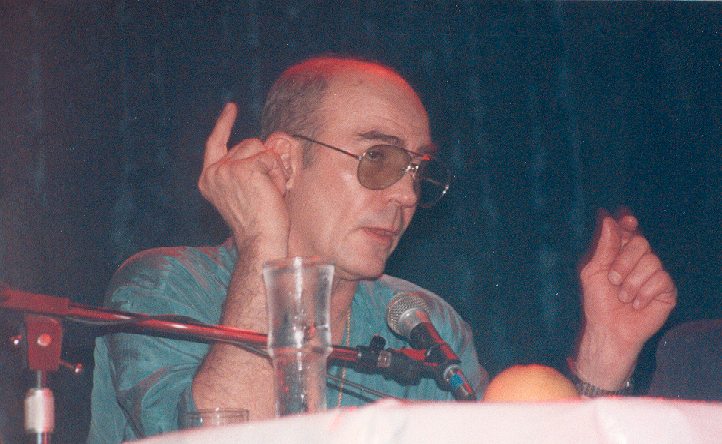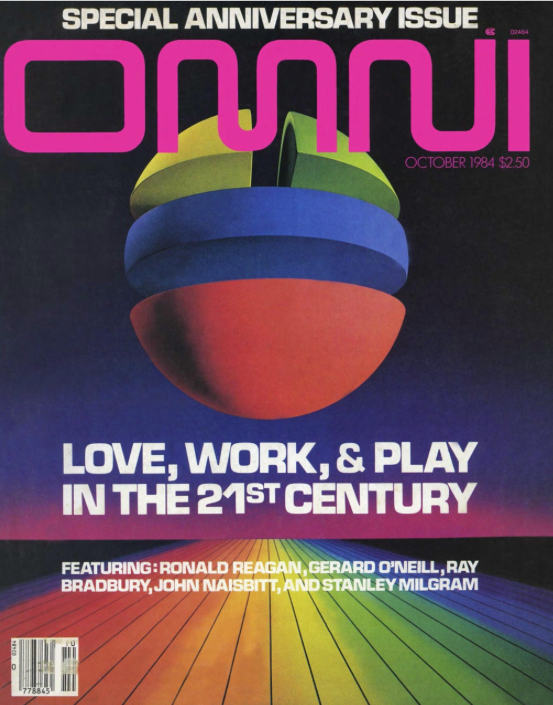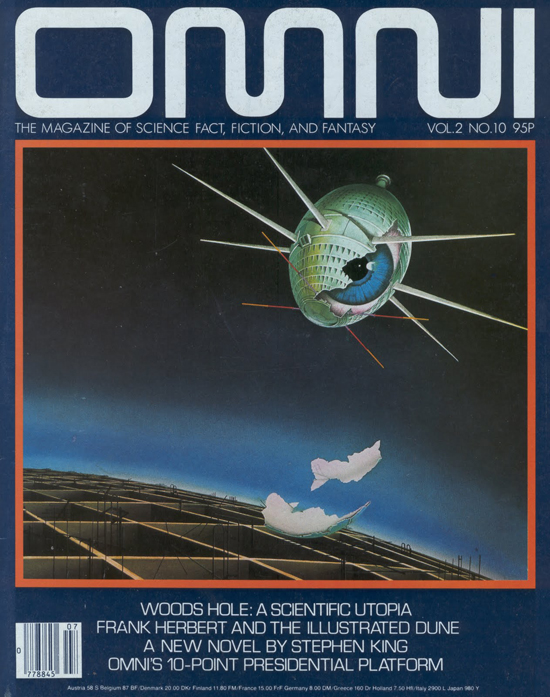Somehow you have to imagine that, from its very opening — “I saw the best minds of my generation destroyed by madness, starving hysterical naked, dragging themselves through the negro streets at dawn looking for an angry fix” — Allen Ginsberg’s poem “Howl” simply emerged fully formed and launched itself permanently into American culture. But deep down we all know that no work, poetic or otherwise, actually does that, no matter how widely read it becomes, no matter how vividly it captures a time and a place, no matter how many generations look to it as an example. Ginsberg had to work on “Howl,” and now, thanks to Stanford Libraries, we have an up-close way to see some of that work in progress.
“From its first public reading at the Six Gallery in San Francisco in October 1955 to the notorious obscenity trial that followed in the wake of its first publication in 1956,” writes Stanford Curator for American and British Literature Rebecca Wingfield, “the poem is indelibly tied to the Beat Generation and their critique of the staid morals and customs of Eisenhower-era America.”
Before all that, it began with a seven-page first draft written in Ginsberg’s North Beach apartment, gained a second section before that now-legendary Six Gallery reading, and finally, after Ginsberg tried out different compositional techniques and followed different suggestions in search of a way to capture America as he saw it, evolved into a long poem comprising three sections and a footnote, published alongside other works by City Lights Books as the paperback that made him famous.
“The ‘Howl’ manuscripts and typescripts in the Allen Ginsberg Papers,” which you can view online at Stanford Libraries, “document the formal development of the poem, tracing Ginsberg’s experiments with different structures and wording in each of the poem’s sections.” These pre-“Howl” “Howl“s, manuscripts and typescripts both, retain the corrections and annotations that reveal details about Ginsberg’s distinctive creative process. But given the most well-known aspect of the poem’s construction, that each line lasts as long as exactly one breath, a full understanding can only come from hearing it as well as reading it. You can hear Ginsberg’s earliest recorded performance of the poem, at Portland’s Reed College (alma mater of Ginsberg’s Beat colleague Gary Snyder) in 1956, at the top of the post, and a later reading on record here. (The text of the completed poem can be viewed here.) Look and listen closely, and you’ll find that a cri de coeur, especially as Ginsberg cried it, demands deliberate craftsmanship.
See the Howl manuscripts online here.
via Stanford News/Boing Boing
Related Content:
The First Recording of Allen Ginsberg Reading “Howl” (1956)
Allen Ginsberg Reads His Famously Censored Beat Poem, “Howl” (1959)
James Franco Reads a Dreamily Animated Version of Allen Ginsberg’s Epic Poem ‘Howl’
Allen Ginsberg Recordings Brought to the Digital Age. Listen to Eight Full Tracks for Free
Allen Ginsberg’s Handwritten Poem For Bernie Sanders, “Burlington Snow” (1986)
Based in Seoul, Colin Marshall writes and broadcasts on cities and culture. He’s at work on a book about Los Angeles, A Los Angeles Primer, the video series The City in Cinema, the crowdfunded journalism project Where Is the City of the Future?, and the Los Angeles Review of Books’ Korea Blog. Follow him on Twitter at @colinmarshall or on Facebook.






